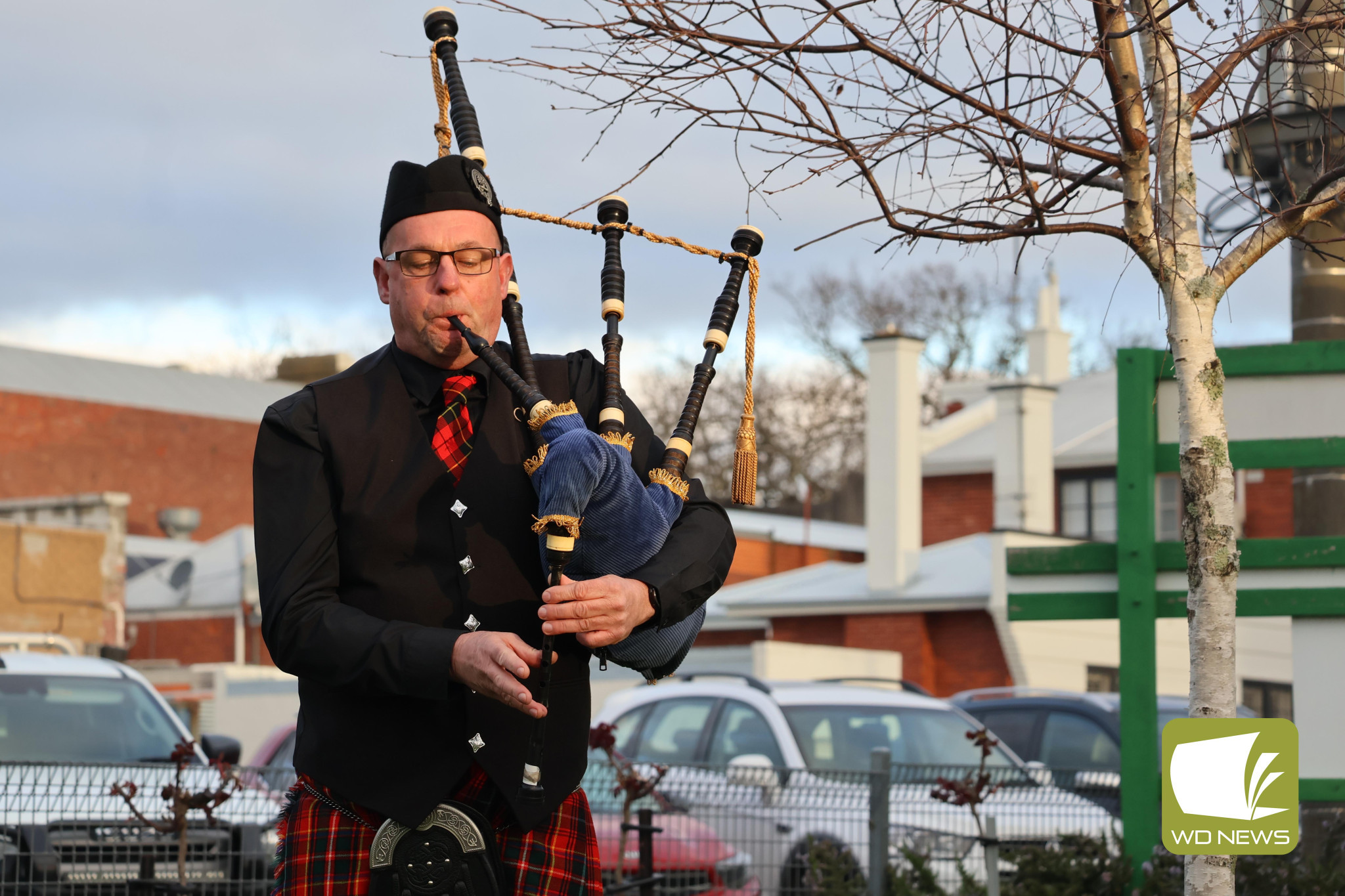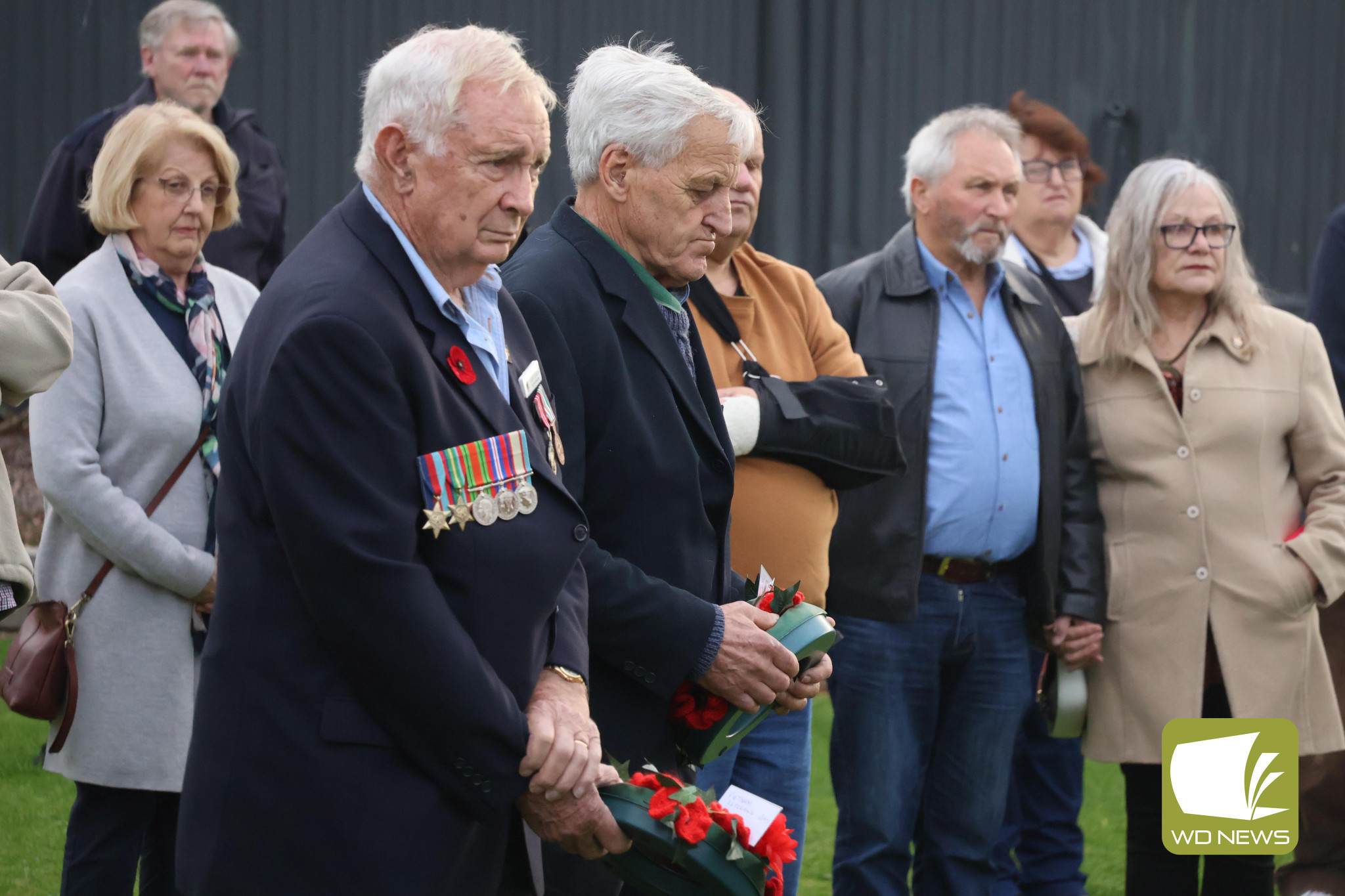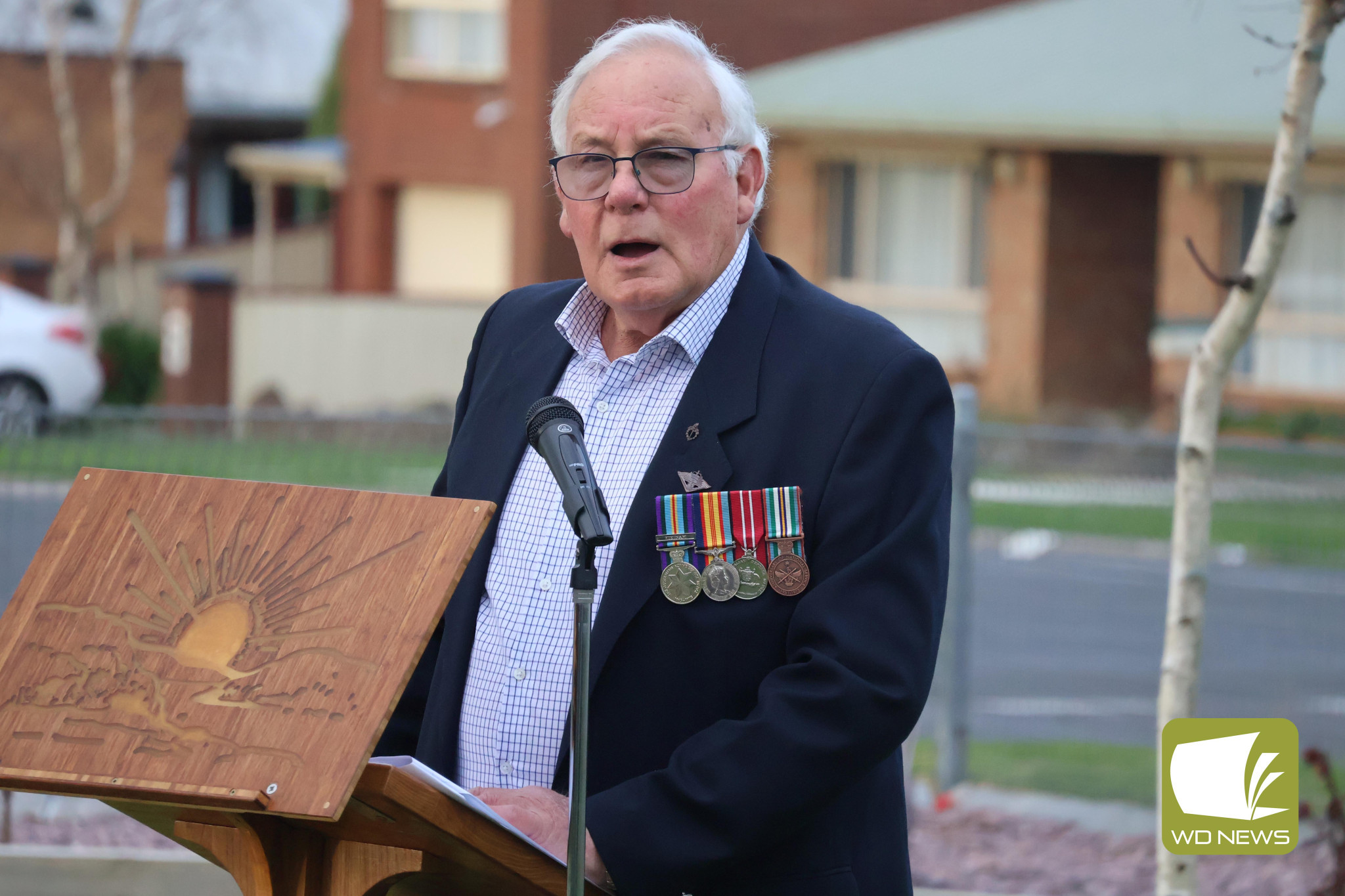Community
22 August, 2024
Lest we forget
A SERVICE to commemorate those who served their country was held in Terang over the weekend on Vietnam Veterans Day.

Around 30 people paid their respects at the Terang Returned and Services League sub-branch (RSL) hall on Sunday to reflect on the almost 60,000 Australia’s who served during the nation’s decade-long involvement in the Vietnam war.
The day is held every year on the anniversary of the Battle of Long Tan (1966) as one of the fiercest battled during the war, which saw 17 Australians killed and 25 wounded while holding ground near the Long Tan rubber plantation.
The Vietnam war marked a bitter moment in Australian history, with the deeply unpopular war proving polarising in how veterans, many of whom were drafted in to service, were treated upon their return home.
While leading a service, Terang RSL sub-branch president Terry Fidge recounted his own experience as a Vietnam veteran returning home to Australia.
He said he had handed in his government-issued weapons and boarded a Qantas flight from Saigon (now Ho Chi Minh City) direct to Sydney, setting foot on Australia soil just 10 hours after serving in an active combat zone.
“Looking down at the lights of Sydney as we came in is something I will always remember,” Mr Fidge said.
“When we were unloaded we were ushered out the back door of Mascot Airport due to a large protest being held at the airport.
“The authorities did not want us, fresh from a combat zone, mixing with protestors – it would not have been a pretty sight, so we were told once we left the airport to keep off the streets.
“A lot of people deny that it ever happened, but it did and a lot of people have been suffering ever since.”
The following day Mr Fidge flew to Melbourne where he was met by members of his family and his partner Jean.
He recalled finding a public restroom to go in and change out of his uniform as being the first thing he did, as authorities had warned it was not safe to be seen in one.
Australia officially ended its combat involvement in Vietnam in December 1972, but it would still be years before veterans were formally recognised for their service – as the unpopularity of the war slowly began being separated from the feelings the nation expressed towards those who served.
Mr Fidge also recounted the moment on October 3, 1977, when 22,000 returning veterans marched through the streets of Sydney in front of 100,000 people in what Mr Fidge described as “a long, overdue welcome home”.

“Many tears were shed Australia-wide to witness those proud veterans who marched through Sydney with their heads held high, finally being acknowledged and applauded for serving their country,” he said.
“To see World War II veterans crying and saying they were sorry as we marched down George Street was something we will never forget.”
Mr Fidge reflected on three local Vietnam veterans who also served, but were not among the survivors returning home.
“Terang’s Paul John Navarre (formerly Crawley) was drafted to serve with 7RAR, and on June 6, 1970, he was wounded in action by an enemy mine while on patrol, and died two and a half hours later in a field hospital at 21 years old,” he said.
“Camperdown’s Ian James Scott was drafted in to the Australian army as a gunner in the 12th field regiment, and a mere four days later he was killed in a mine blast at 21 years of age.
“Cobden’s Ralph James Niblett joined the army following the draft, where he became a member of 4RAR.
“During the first battle of Operation Ivanhoe, he was shot dead by the Vietcong on September 21, 1971, aged 22.
“Today we reflect on the men and women who served in Vietnam – some are gone, some are continuing to suffer – but you are not forgotten.”

Read More: Terang